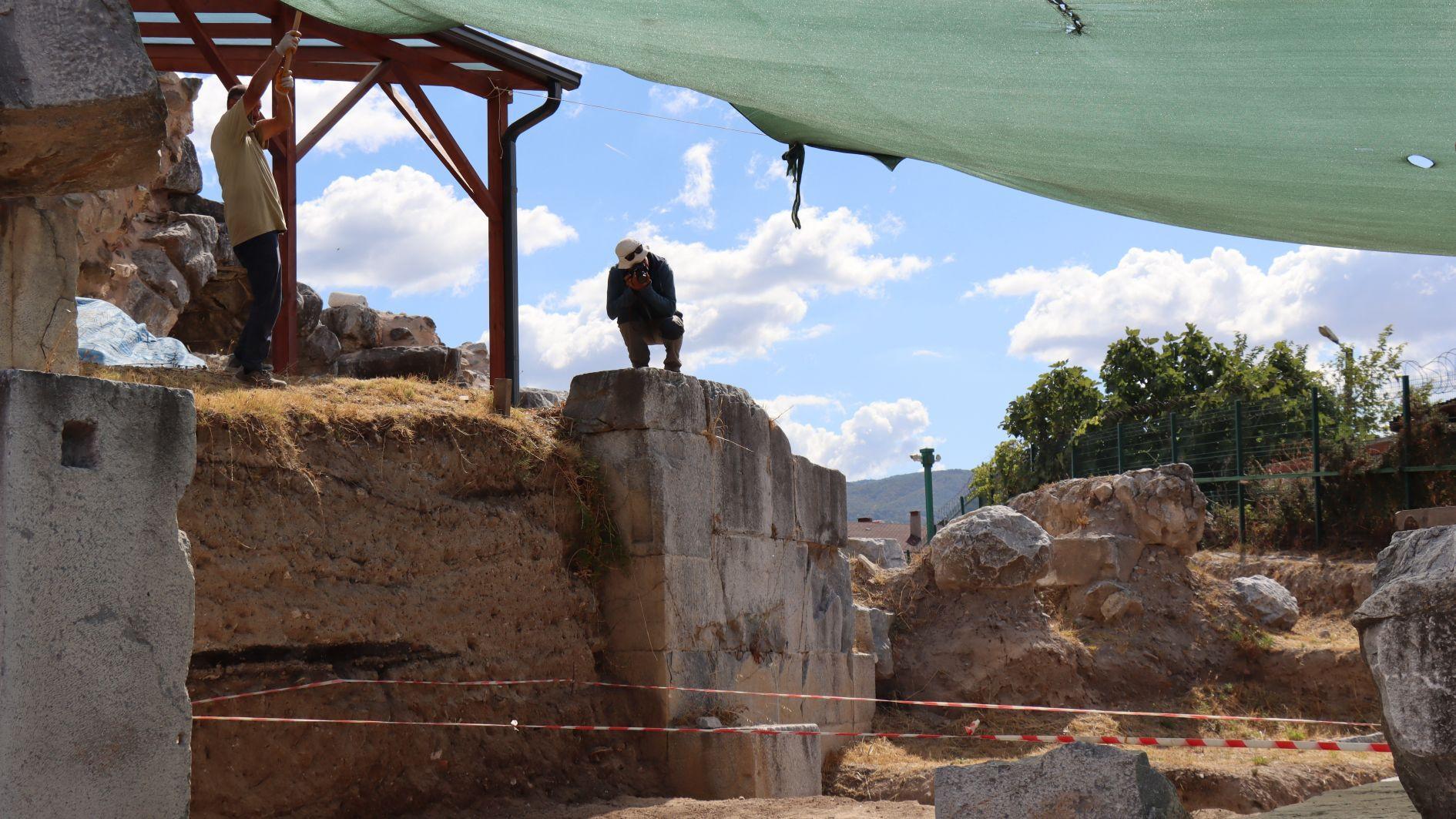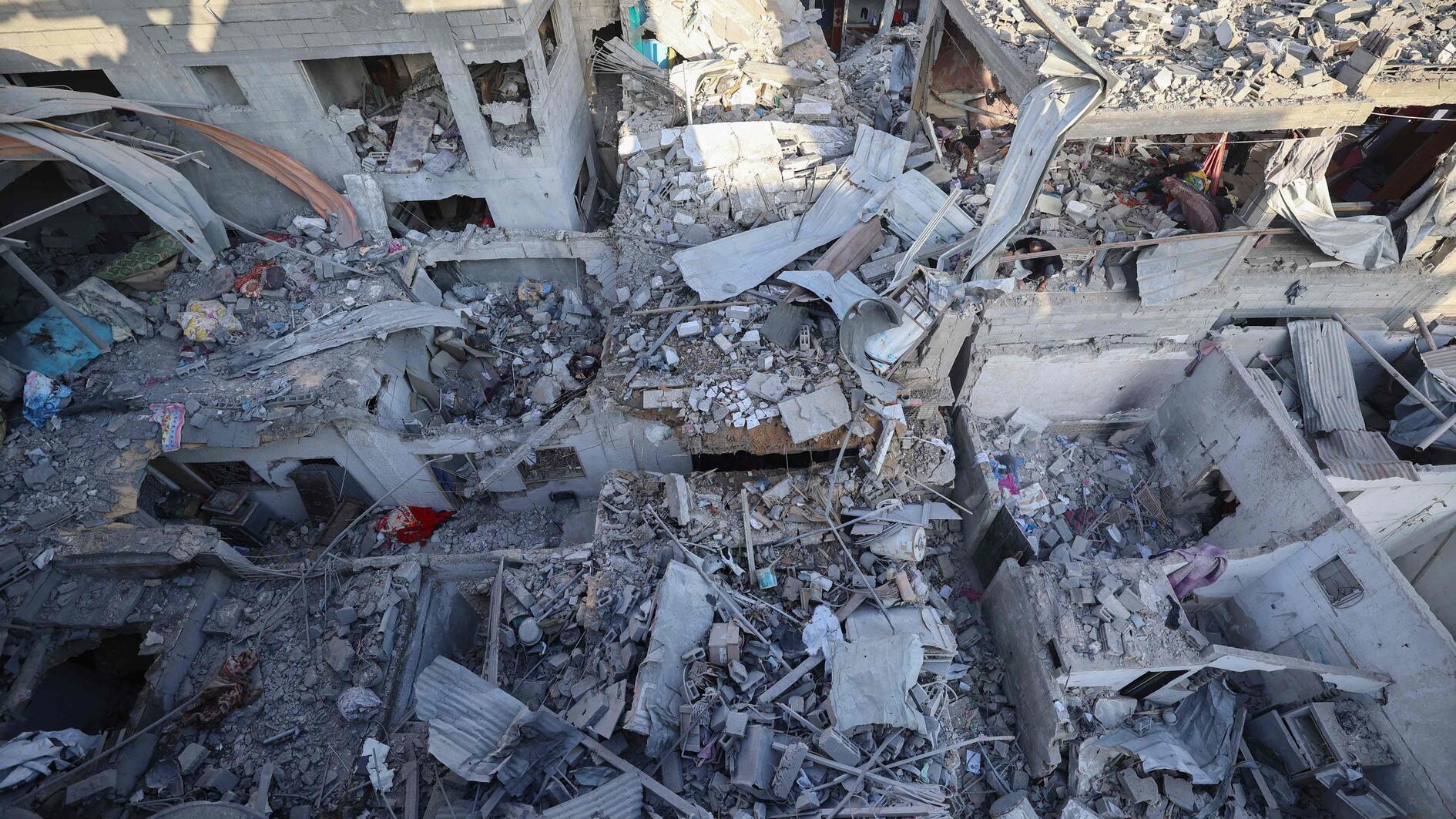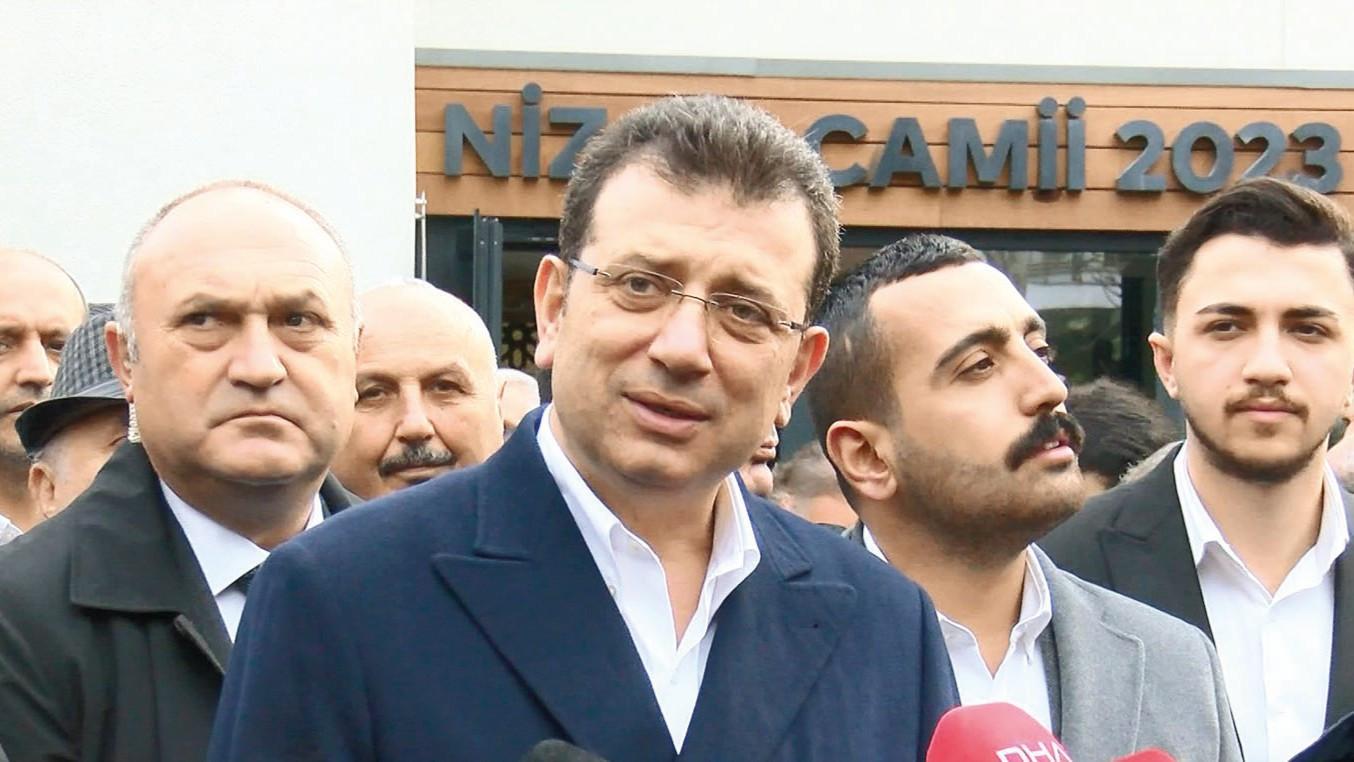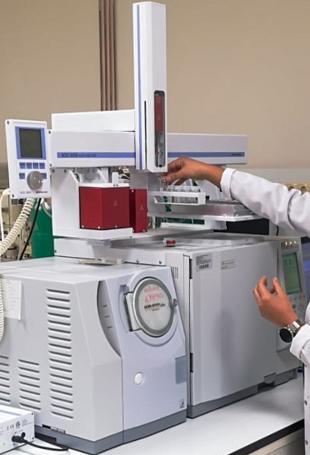Excavations reveal new details at İznik’s Roman Theater
BURSA

Archaeologists have discovered marble-paved roads, entry and exit passages and a sewage line in the westernmost section of the 2,000-year-old Roman Theater in the northwestern province of Bursa’s İznik district.
The excavations at the İznik Roman Theater are being carried out under the supervision of the İznik Museum Directorate, covering an area of nearly 10 decares.
Work at the site first began in the 1980s, and since 2016, excavations and restoration efforts have been conducted continuously by a team from Dokuz Eylül University. Following the completion of most of the restoration work, the theater reopened to visitors in March 2024. Excavations are now focused on areas outside the main structure.
During this year’s campaign, archaeologists unearthed access roads, marble-paved paths and a sewage system on the outer western edge of the theater.
Professor Aygün Ekin Meriç, the head of the excavations from the university's Archaeology Department, said the İznik Roman Theater is one of the rare examples of its kind in Anatolia.
Built on flat ground without the support of a natural slope, the three-story structure measures 102 by 79 meters and rises entirely on vaulted foundations, making it unique in Anatolia, Meriç said, adding that the theater once stood 24 meters high and could hold 10,000 people.
Constructed during the reign of Emperor Trajan, the theater was used for its original purposes throughout the second and third centuries, hosting gladiatorial games and performances, she said.
“From the fourth and fifth centuries onward, the theater entered a phase of religious use,” Meriç explained. “Symbols such as crosses, wreaths and church marks, along with a fresco of the Virgin Mary holding baby Jesus on her lap — one of the earliest known examples of the Theotokos type in Anatolia — indicate this transformation. Christianity’s first ecumenical council was held in İznik, which makes this theater’s religious phase especially significant. We believe its sacred use continued until the sixth century.”
After the First Council of Nicaea in 325, the theater’s function changed, serving mainly religious purposes and becoming a frequent pilgrimage site for Christian clergy, she added.
“At the time of the council, the seating steps of the theater were still intact,” Meriç said. “About 300 clerics from around the world are believed to have gathered here for nearly a month of meetings.”
Meriç noted that certain holes discovered in the stage building — likely used to support temporary roofing — suggest that some of these meetings may have taken place inside the theater. “While the basilica is the primary candidate, the frescoes and Christian symbols found here strongly indicate that several gatherings were also held at the theater,” she said.
This year’s work focused on the theater’s outer western area, where archaeologists uncovered entry and exit passages, marble-paved roads and the sewage line, Meriç added. Excavations in the protected area are nearing completion.
“Beneath the area we use as a stone exhibition lies a cemetery,” she said. “Churches were built inside the theater between the 11th and 13th centuries — one at the top of the cavea [seating area] and another near the entrance. Around these churches, we’ve found graves dating to the First and Fourth Crusades. We plan to excavate this necropolis in 2026,” she added.
Meriç said future plans include restoring the colonnaded galleries at the theater’s eastern and western entrances. “These impressive galleries served as reception halls and activity spaces. Once restored, they will also be opened to visitors,” she noted.
The theater also bears traces of later periods, including the Ottoman era, when ceramic kilns were constructed on-site. “There are 10 ceramic furnaces here, yielding significant artifacts. The theater is the only structure in İznik that witnessed every historical period of the city — from Hellenistic foundations to Roman, Byzantine and Ottoman layers. It is, in essence, a stratified monument that tells the entire history of İznik,” Meriç said.
Since its reopening in March 2024, the İznik Roman Theater has attracted around 90,000 visitors, she added.
















